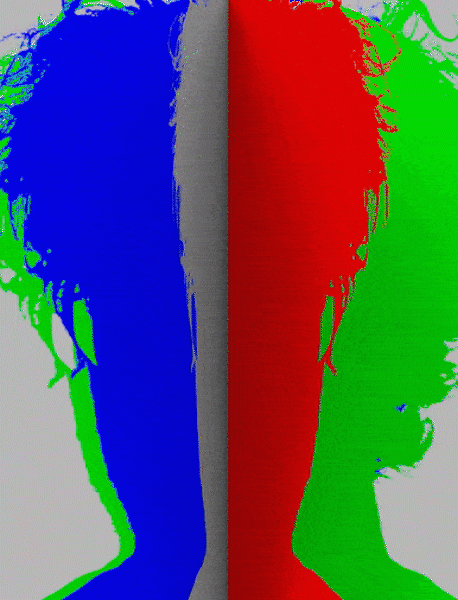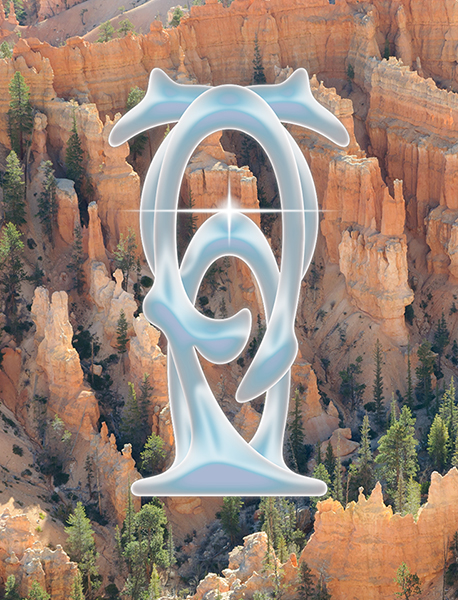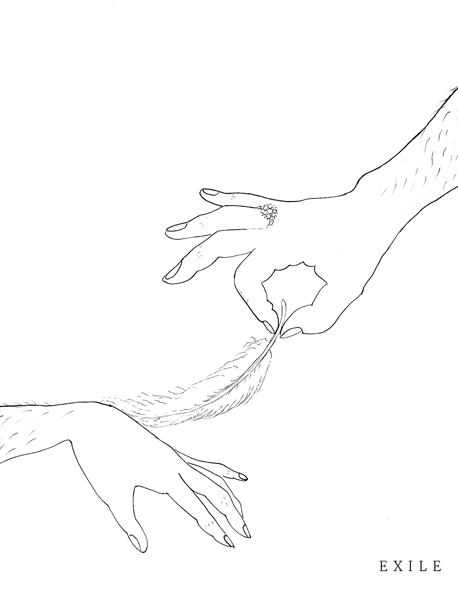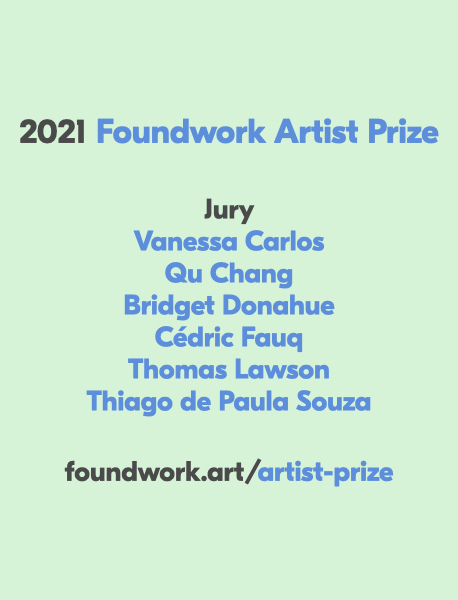OFLUXO
You may never know what’s causing all the traffic
Marina Sula
At CIAP, Genk, Belgium
June 19 — September 11, 2021
“We urgently need books about our economic resources, about objects made by people, and about people that make objects,” in The biography of the object, Tretiakov pleads for a method of narrative construction that would resist the traditional ‘idealism of the novel.’ Instead of portraying the reality from a totalising perspective of an individual subject, the hero, he proposes to follow objects and their trajectories. [1] You may never know what’s causing all the traffic embraces this strategy on multiple levels — both in what it says and how it says it. [2] The artist, too, sides with the object, approaching it as a proxy for social relations and dynamics. She uses photography and installation as a vehicle to tell a story from multiple, non-aligning perspectives.
Marina Sula’s interests gravitate towards objects and places that problematise the distinction between original and generic, individual and collective, private and public, such as wait- ing rooms, offices, airports, and their furnishings. As sites of transition and transaction, they have an almost ritualistic character; we enter them as individuals and leave as clients, work- ers, commuters. It is specifically that threshold, the moment of suspension between different states, that is so fascinating. Under late capitalism, that transition moment gets protracted or even postponed; people no longer ‘flow’ but linger and roam around. [3] Different functions and roles fuse, everyone is wearing too many hats. The pool table in the office or a massage chair at the airport do not feel anymore.
Despite their transitory character, the sites captured by Sula are paradoxically devoid of people. With the removal of the user, it is objects that come to the foreground and become vessels for projection. When not eclipsed by the movement of bodies, they reveal some- thing of their complicity and their laden, strategic affordance. A yellow label sewn onto a piece of fabric in one of the photographs reveals the location to be an industrial laundry facility, where hundreds of workers’ uniforms carrying their body odours, are washed together and neutralised. In this regard, the work resonates with its immediate context — a former coal mine, where the metal plates in the floor mark the spaces left behind by the now absent machinery.
In the months leading up to the exhibition, the artist amassed a vast archive of images, picturing different families of everyday objects: seats, dust bins, trolleys, toys. In the painstaking process of editing and (post)production, those ‘boring’ objects become emotionally tinted and imbued with an uncanny, seductive quality. The purplish and bluish hues, strong contrasts, irregular framing, and oblique angles faintly echo neo noir aesthetics. Sula’s work conveys a similar sense of alienation and nostalgia; the spaces void of people, objects stopped amidst movement, and the sleek, futuristic appearance of the dismembered furniture bodies convey an almost dystopian image of the world.
Those ‘poor images’ — either snapped with a phone or pulled off of the internet — have been given a sumptuous physical presence, encased in acrylic boxes or embedded in steel benches. A mutilated safety lock on the reverse side of several pieces functions as a symbolic, but also potentially operative, value placer. The allure of these materials, well known from shopping windows, enhances the kind of hyperreal, distant feel of the images. Amplified by reflections, the curves of cast aluminium and uniform surfaces of dark fibreglass contrast with soft, striped textile and emanate a heady combination of sensuality and militancy. In blending the persuasive formal language specific to advertisement, industry, and design with more intimate and playful registers, Sula constructs highly controlled yet ambiguous environments. Seen from a distance, the installation appears almost unreal, like a rendering or a glitch in the exhibition space.
Marina Sula’s work always returns to the question of the politics of the image — the entanglement of visual representation and perception in the power structures — and, at the very core, to the relationship between image and reality. In times of the surplus of images, produced not only by humans but by bots and algorithms, images are no longer mere representations—or distortions—of the real, but they actively produce reality.
Images, too, are objects within the world, and this observation is made very palpable by a constant push and pull between the image as-an-object and the object-in-the-image inherent to Sula’s works. We are taunted by, and end up wavering between, the works’ representational value and their physicality in space. They engage the viewer in a subtle game of ‘exposition’; here and there, the gaze can slip through a gap, encounter an exposed piece of the wooden frame, or cut to an impermeable, black cardboard surface. All these elements testify to the production process and, much like the vinyl’s crackle that Mark Fisher writes about, they create a barrier, stopping us from fully submerging in the “illusion of presence.” [4] Rather than performing an explicit, detached critique, Sula’s self-implicating work executes a precise deconstruction of the surrounding world and of itself, as part of it.
1 While Tretiakov’s literary critique has a specific historical tint, it remains uncannily relevant today. “Our politics grow out of economics, and there is not a single second in a person’s day uninvolved in economics or politics.” Sergei Tretiakov, The Biography of an object, 1929
2 In the visual sphere, this renouncement of the individual subject manifested itself in the substitution of linear perspective by aerial view and multiple screens, “dispersing perspective and possible points of view. The viewer is no longer unified by such a gaze, but is rather dissociated and overwhelmed, drafted into the production of content.” Hito Steyerl, In Free Fall: A Thought Experiment on Vertical Perspective, 2011
3 “Junkspace (…) cancels distinctions, undermines resolve, confuses intention with realization. It replaces hierarchy with accumulation, composition with addition. (…) A fuzzy empire of blur, it fuses high and low, public and private, straight and bent, bloated and starved to offer a seamless patchwork of the permanently disjointed. ” Rem Koolhaas, Junkspace, 2002
4 “Crackle unsettles the very distinction between surface and depth, between background and foreground. In sonic hauntology, we hear that time is out of joint.” Mark Fisher, The Metaphysics of Crackle: Afrofuturism and Hauntology, 2013
— CIAP

















OFLUXO is proudly powered by WordPress







